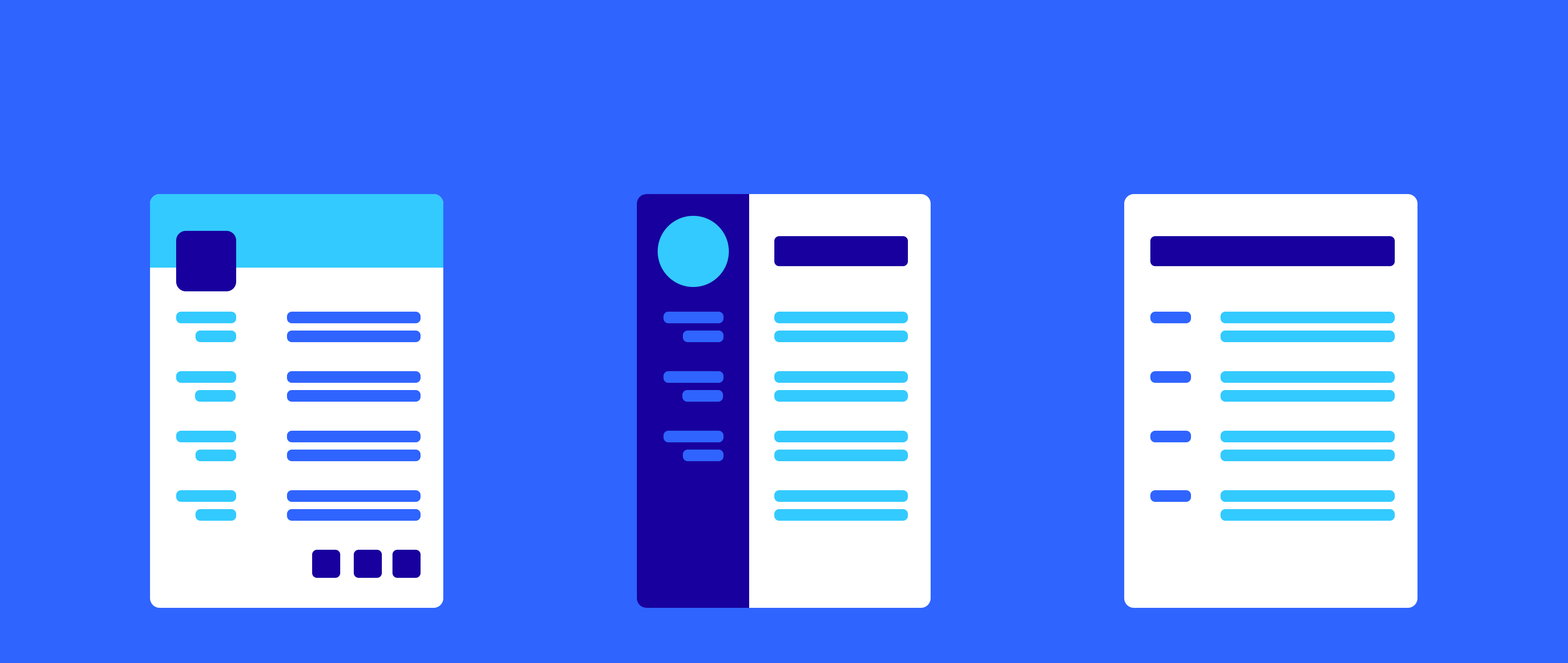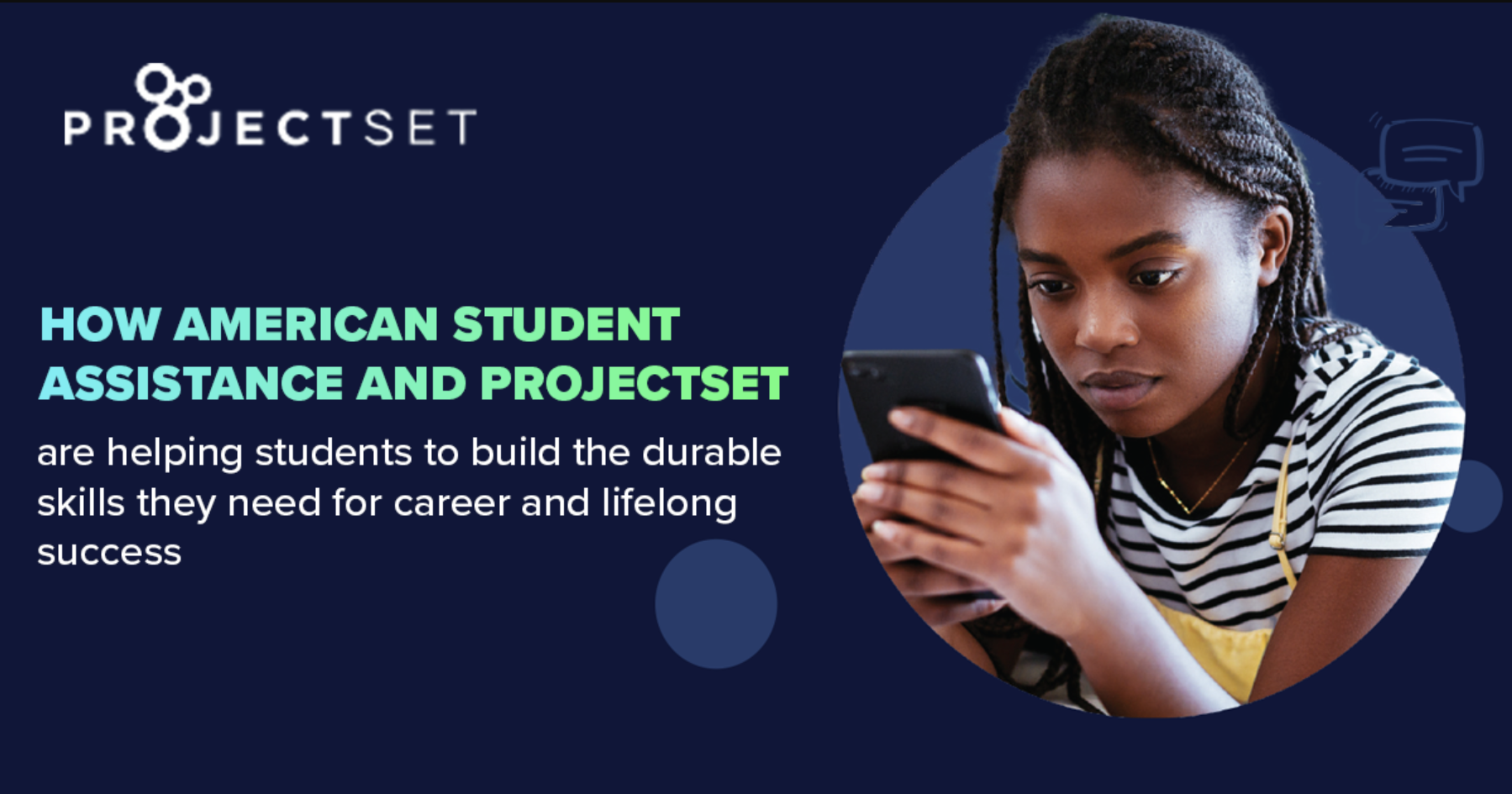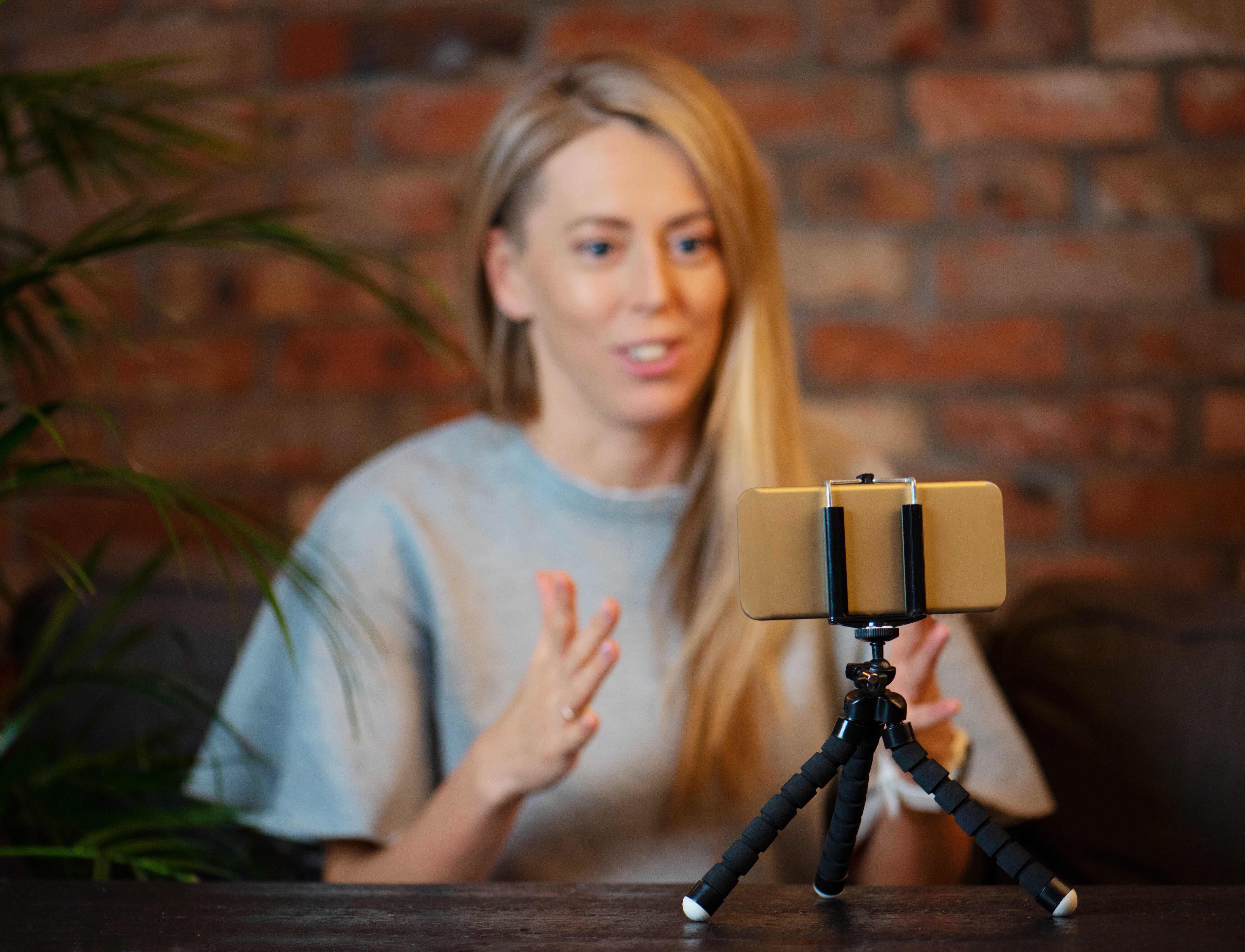Guest Blog: How to add projects and hackathons to your CV?
Jun 10, 2021
Nadia is the founder of Beyond Discovery Coaching and has been an active administrator at universities for her entire adult life. With her experience in mentoring first time job applicants, she knows exactly what you need to stand out, perfect your CV, and land your dream job! Check out Nadia’s top tips and examples on how to effectively include projects and hackathons in your CV.
As a student, you’re already developing loads of industry based skills, knowledge and competencies from your university coursework and student groups- now you need to exemplify your abilities on your CV and let them work for you. Enter academic projects and hackathons!
What is an academic project or hackathon?
An academic project is simply any deliverable you’ve completed as part of your academic training/coursework. Some examples are group projects, solo projects, a dissertation or expanded written assignment or something related to your degree such as designing an app or building a database. You can also include any big event or project you undertook in a student group demonstrating transferable skills you could use in your future career.
A hackathon is a design sprint-like even usually involving folks in software development, including graphic designers, interface designers, project managers, domain experts, and others to collaborate intensively on software projects. Virtual hackathons offer a great way to build your skills and networks over a short period of time (3-5 days) in an intense, fast and fun environment.
Where do projects and hackathons go on my CV?
Depending on how you format your CV, projects and hackathons can either be listed in your Education section or you can build an entirely new section to showcase these experiences more intentionally.
If you’re only adding one project to your CV, it probably doesn’t make sense to create a new section, just add it to your Education area. If you have 2-3 academic projects plus a hackathon for example, you will definitely want to build out a new section to help feature your accomplishments more visibly on your CV so employers can easily find it and understand it.
How do I write about projects and hackathons on my CV?
Google recruiters are advocates of creating your CV bullet points with an emphasis on impact and accomplishments. This means you put the focus on what you achieved, quantitative results and the impact you had as a result. Google describes this as: "Accomplished [X] as measured by [Y], by doing [Z]."
Here are a few examples:
-
Good:" Grew revenue for small and medium business clients."
-
Better: "Grew revenue for small and medium business clients by 10% QoQ"
-
Best: "Grew revenue for 15 small and medium business clients by 10% QoQ by mapping new software features in Microsoft Excel as solutions to their business goals.”
-
Good: "Won second place in hackathon."
-
Better: "Won second place out of 50 teams in hackathon."
-
Best: "Won second place out of 150 teams in hackathon hosted by Accenture by working with two colleagues to develop an app that synchronizes mobile calendars using .net framework and C#.”
In both of these examples, Google’s formula puts the focus on accomplishments whilst also highlighting how you did what you did and who you did it with. When optimizing your CV, think about what employers are looking for in your industry. Typically, they want folks who are technologically fluent and excel at working well within a group of people. Show that on your CV!
Bullet points keep your communication very formal and tight on a CV, so using a standard formula like what Google prefers helps you stay organized and strategic with how your information presents to employers.
How to write about projects and hackathons on my LinkedIn page
On LinkedIn, you can take a more narrative approach with full sentences and paragraphs to contextualize the experience more fully. Here is an example based off our first bullet point example above:
-
Bullet point on your CV: "Grew revenue for 15 small and medium business clients by 10% QoQ by mapping new software features in Microsoft Excel as solutions to their business goals.”
-
Converting to LinkedIn: During my time at Google, I helped grow revenue for 15 small and medium businesses in the tech industry. I worked across three different time zones in four countries with 15 different client teams to increase growth by 10% QoQ. In collaboration with internal and external stakeholders, I mapped new software features in Microsoft Excel as solutions to client business goals ensuring to never miss a deadline and always keeping a clear line of communication open to quickly and professionally resolve challenges during the project. After the project was complete, my manager recognized my stellar work in a staff meeting amongst colleagues and complimented me on my professionalism and contribution to helping our client’s businesses grow.
What I like about LinkedIn is the ability to tell a story. Since you aren’t confined to the same constraints of a one-page CV, you can go more into detail, write in full sentences and really tell your story more holistically and comprehensively than you can on your CV.
In the example, you’ll noticed I added more information about who I worked with (technology businesses across many countries). This helps communicate to the employer you are comfortable with globalization, cross-cultural communication and are able to keep projects (and yourself!) organized well enough to work across many time zones with lots of moving parts. This is a fantastic skill!
Tell a Story- Make People Happy
Even if your role isn’t customer service explicitly, having the ability to make a customer happy is key in any workplace. Connect the dots from your CV and LinkedIn showing the employer what you did, how it provided value or impact and how it helped the people you were working with succeed.
Your CV and LinkedIn tells a story- make sure to highlight your successes and skills but also why it’s relevant to what you want to do in the future and how you are uniquely qualified compared to any other candidate. You need tell just enough of the story to hook the employer and make them want to interview you and find out more.
Leveraging your resume and LinkedIn in different ways helps employers get to know you- the more they know you, the more they will want to hire you!
Interested in participating in a hackathon to add to your CV? Check out UniHack 2021, happening later this year. It is a virtual competition for you to address topical issues and capitalise on current opportunities in the market, in order to promote innovation and change in the worlds of business, tech, and society.



